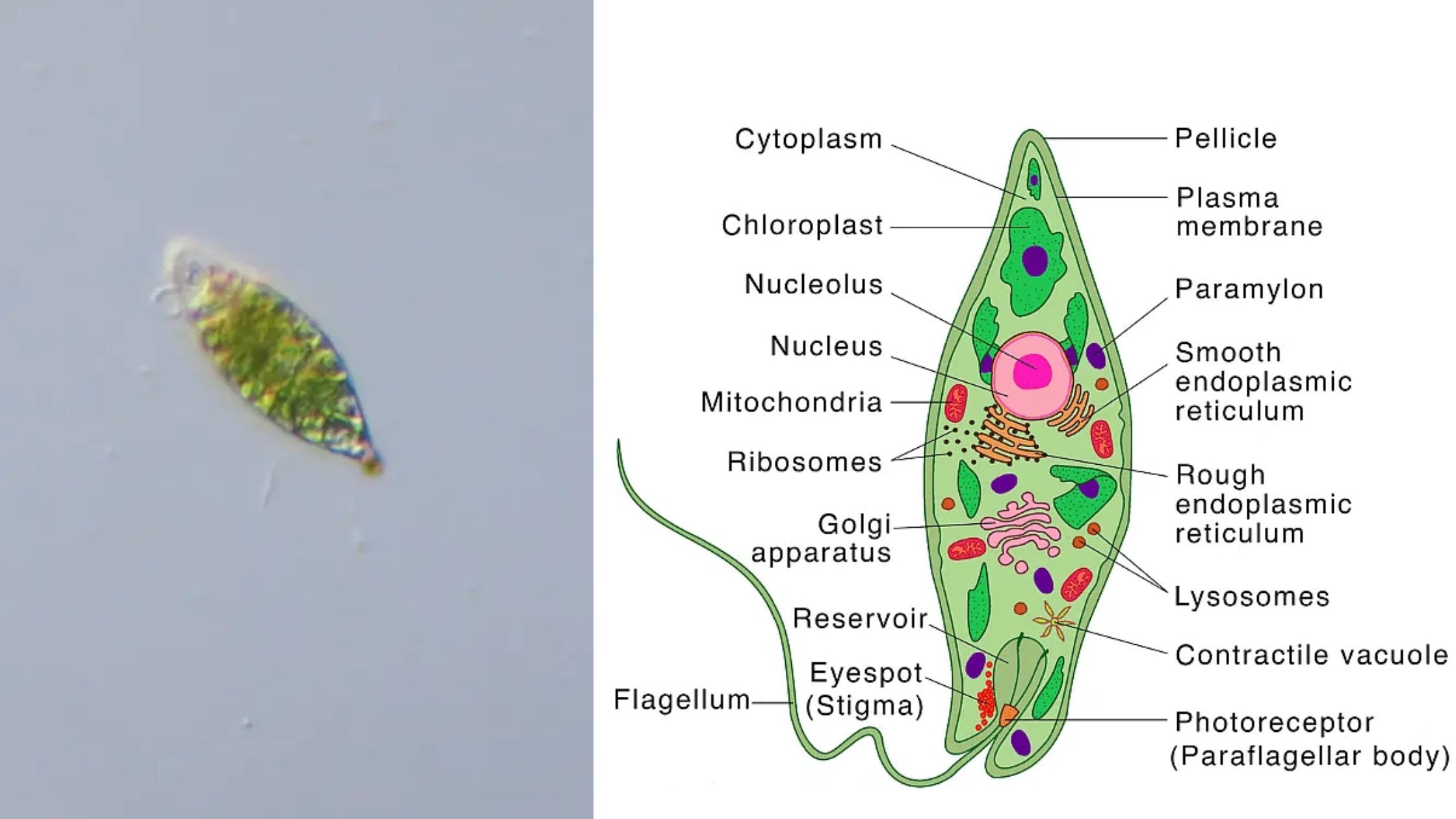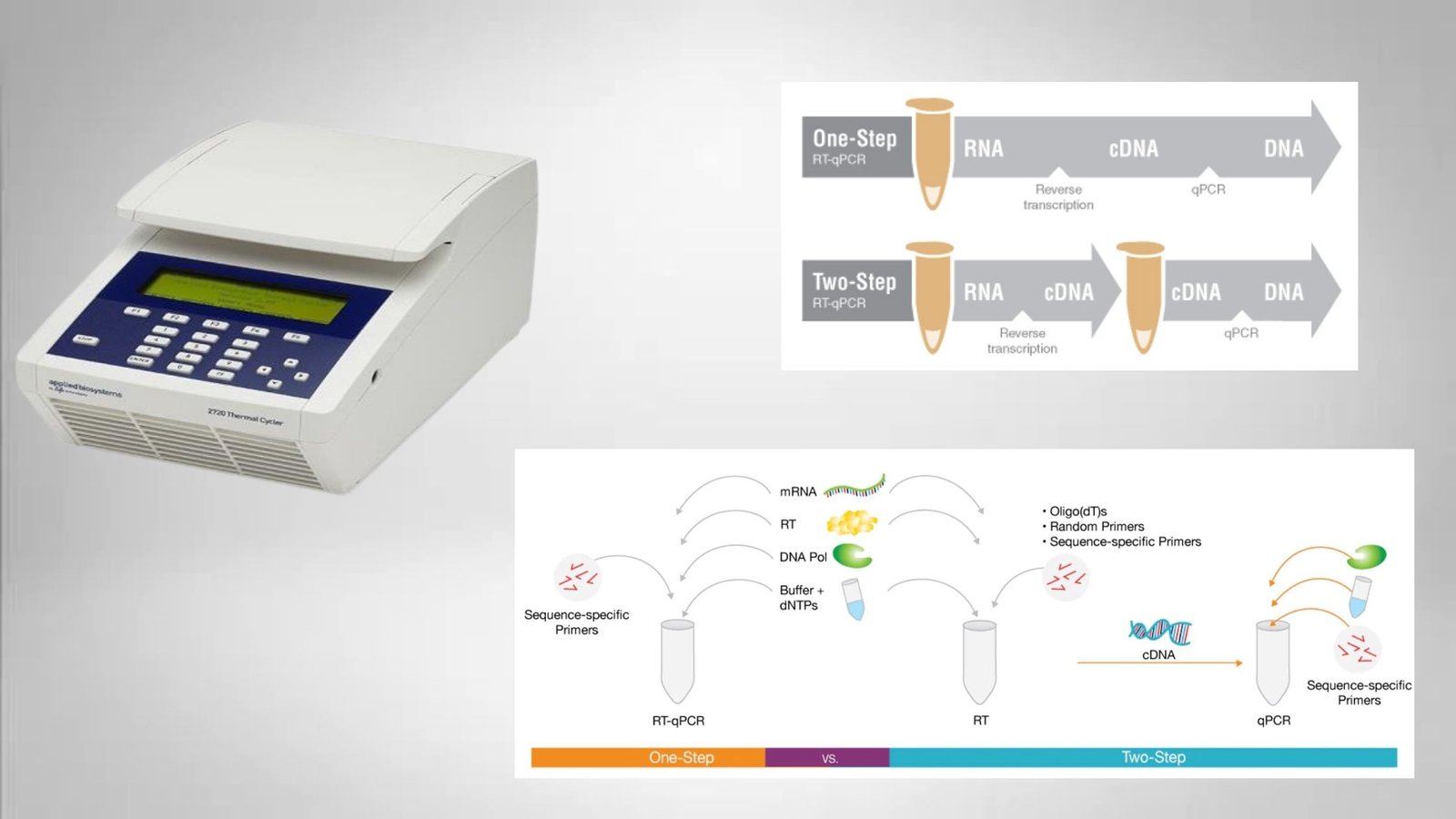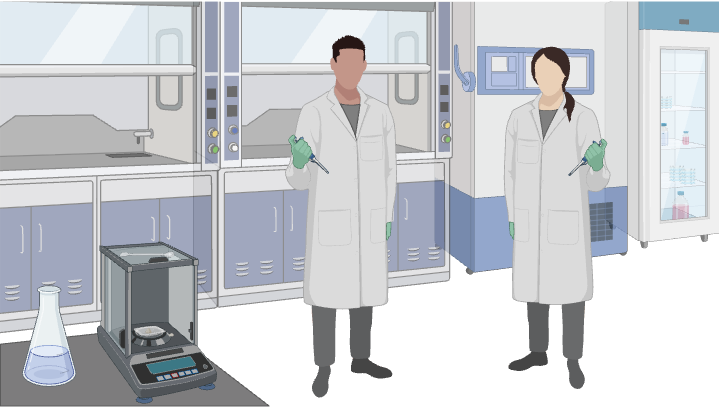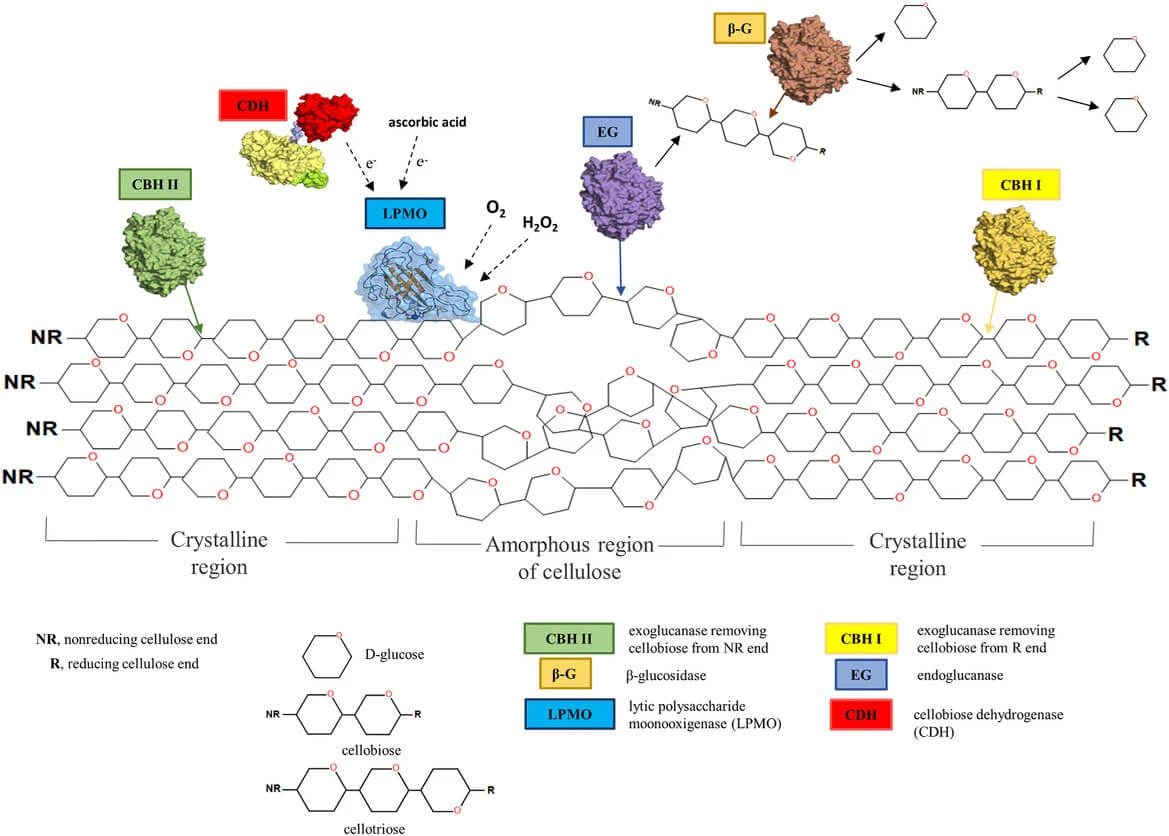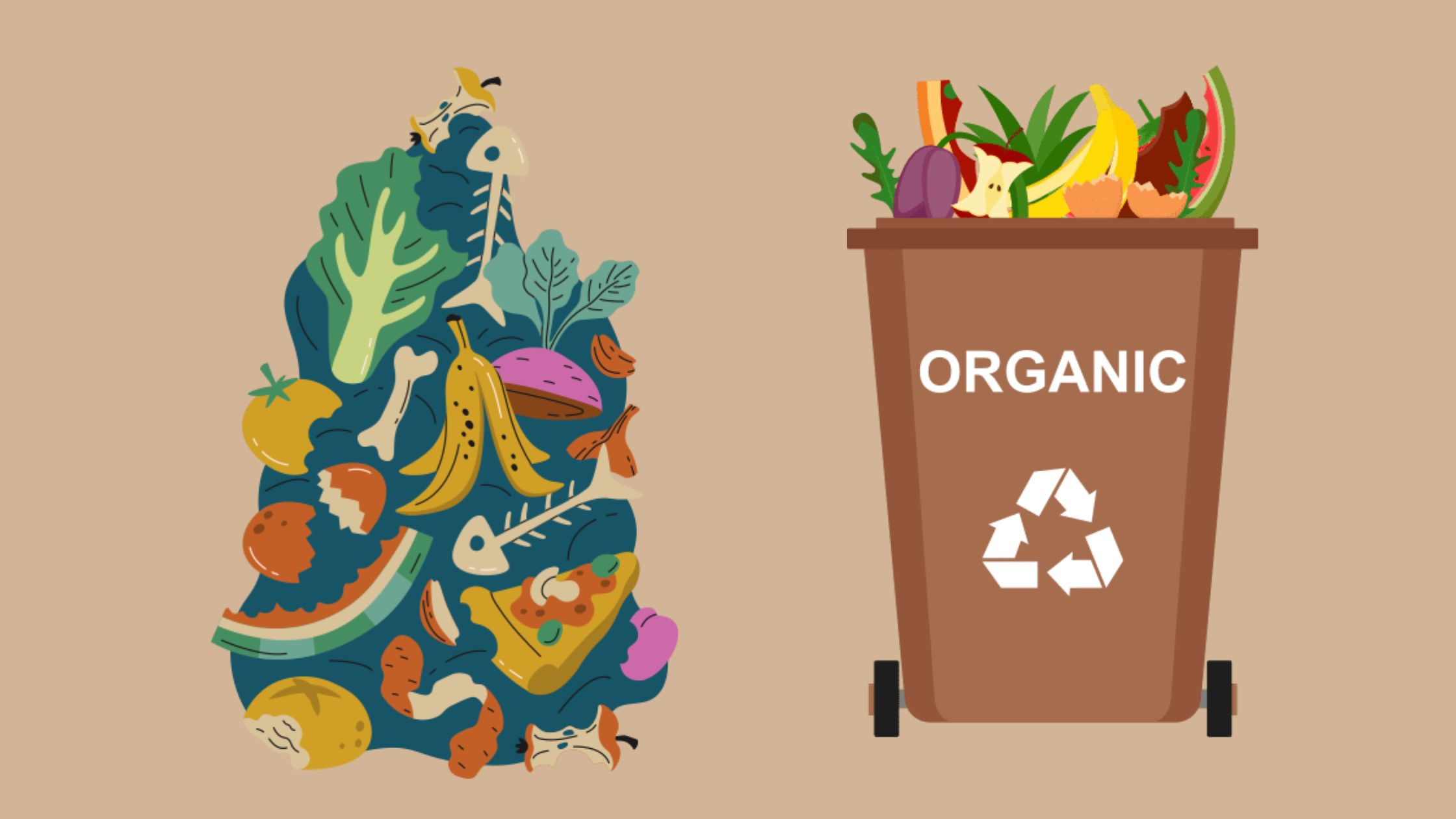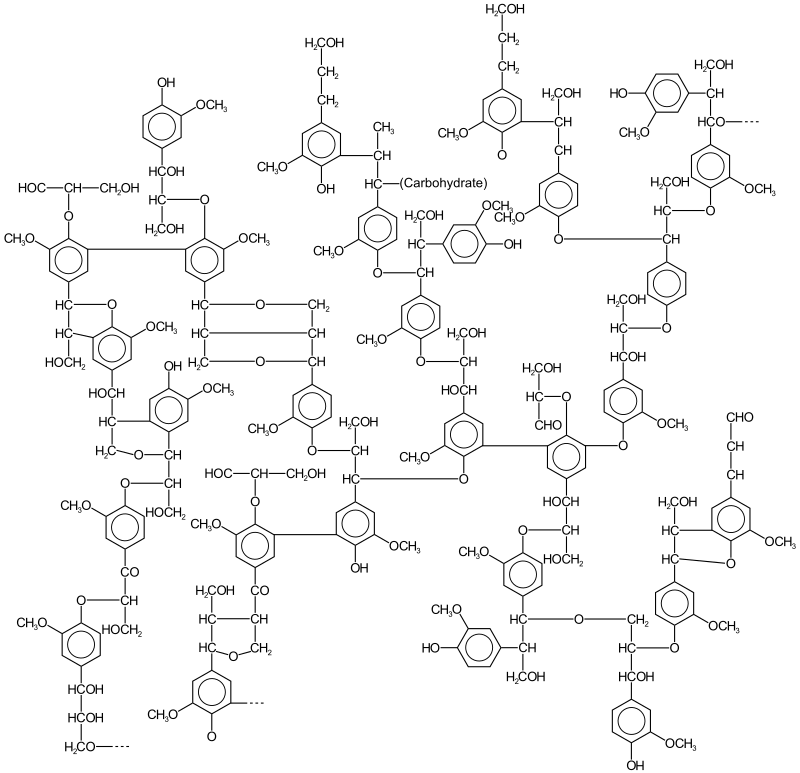Algal Morphology – Size, Shape, Cellular Components and Structure
Algal morphology is defined as the study of body structure and organization of algal cells and their thalli. Algae are observed in a diversity of sizes and shapes, from microscopic single-celled forms to large seaweeds several meters long. The science concerned with algae is termed Phycology, and a specialist is called an Algologist or Phycologist. … Read more

